Visitors to Sanxingdui Ruins can enjoy watching as historical artifacts are cleaned and restored
On Nov 26, the Sanxingdui Museum in Guanghan, Sichuan province, reopened to the public after closing for 20 days because of a COVID-19 outbreak in the area.
Through a glass wall, visitors can again watch as workers clean and restore historical artifacts discovered in the No 3 and No 4 pits at the Sanxingdui Ruins site, on which the museum sits.
The digging of the No 3 pit started on Jan 9 and is expected to finish this year. Excavation of the No 4 pit, which began in October last year, was completed on Aug 19. A total of 1,771 artifacts were excavated from the two pits, of which 557 are relatively intact.
In one area, mud and dirt encrusting the surface of elephant tusks are removed by restorers, who then wrap them in layers of protective film and gauze. Afterward, they are stored in a special temperature-and humidity-controlled case for further research.
"Artifacts are legacies left by our ancestors and should be shared with the public," said Zhu Yarong, deputy curator of the museum.
With the help of audio and video explanations and other exhibition methods, Zhu said the public can get a glimpse of archaeological work and gain deeper insight into the restoration of artifacts. So far, the restoration area has specific rooms for chinaware, jade ware, metal ware and elephant tusks.
The Sanxingdui Ruins, which are 40 kilometers north of Sichuan regional capital, Chengdu, cover 12 square kilometers. Archaeological discoveries show that it was a highly developed and prosperous cultural hub existing between 2,800 and 4,800 years ago.









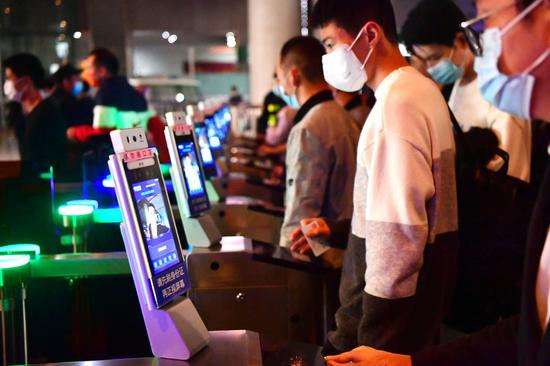


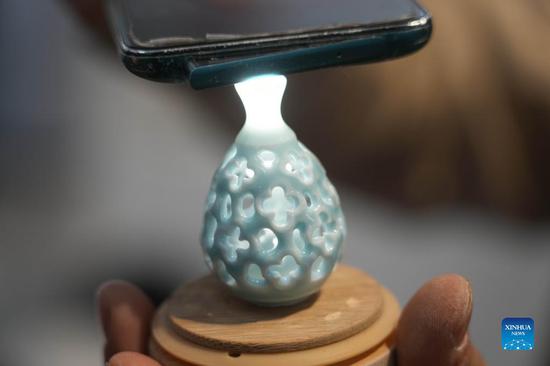


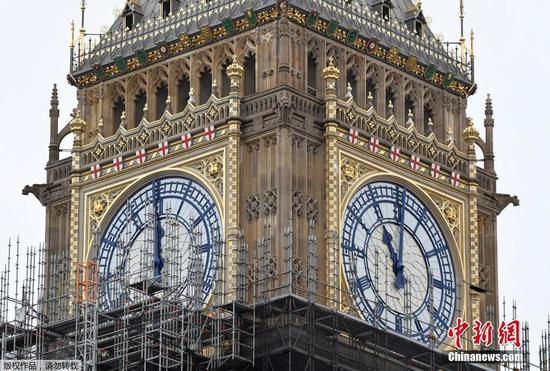












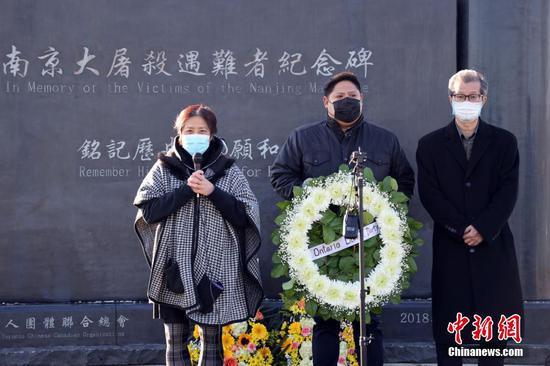



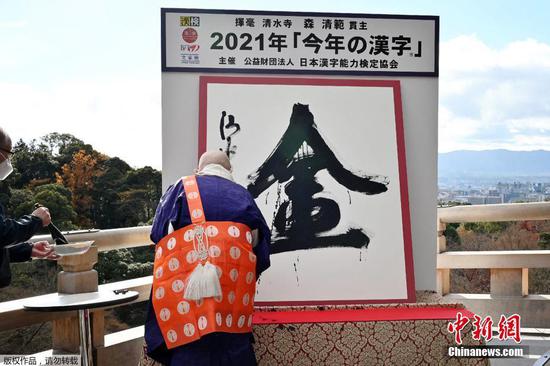
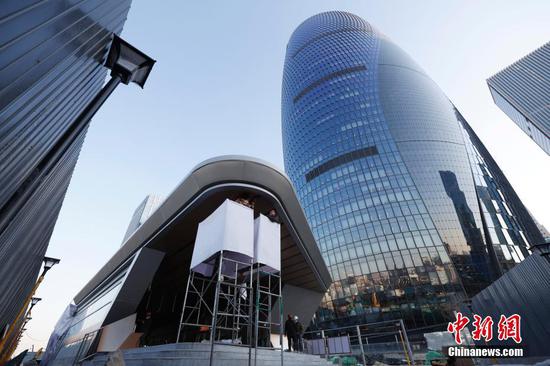
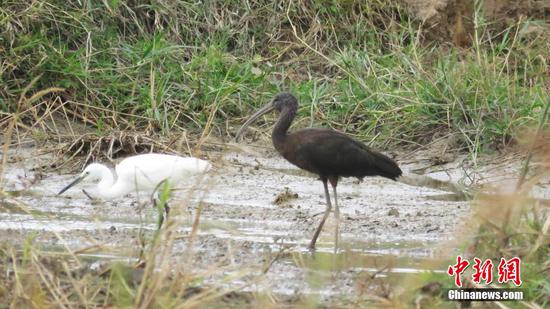
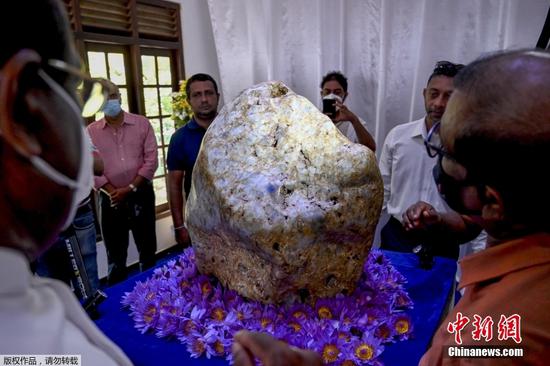
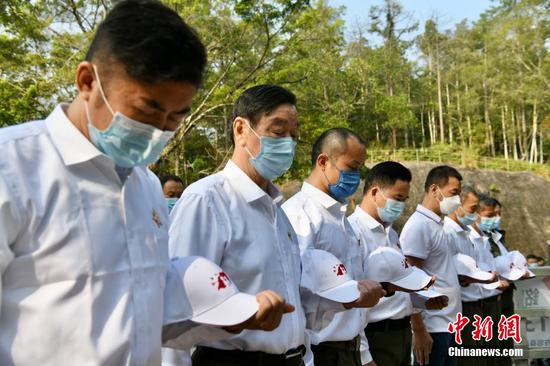

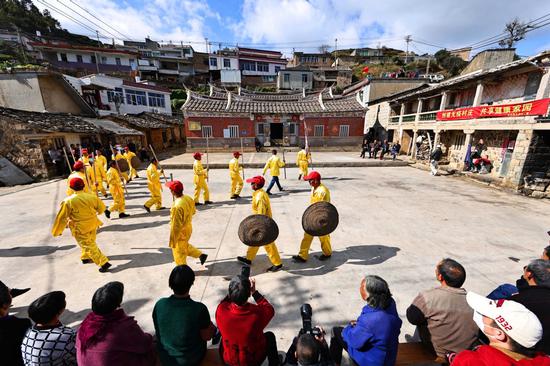


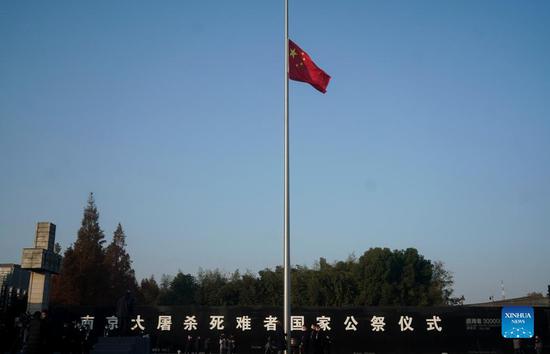








 京公网安备 11010202009201号
京公网安备 11010202009201号